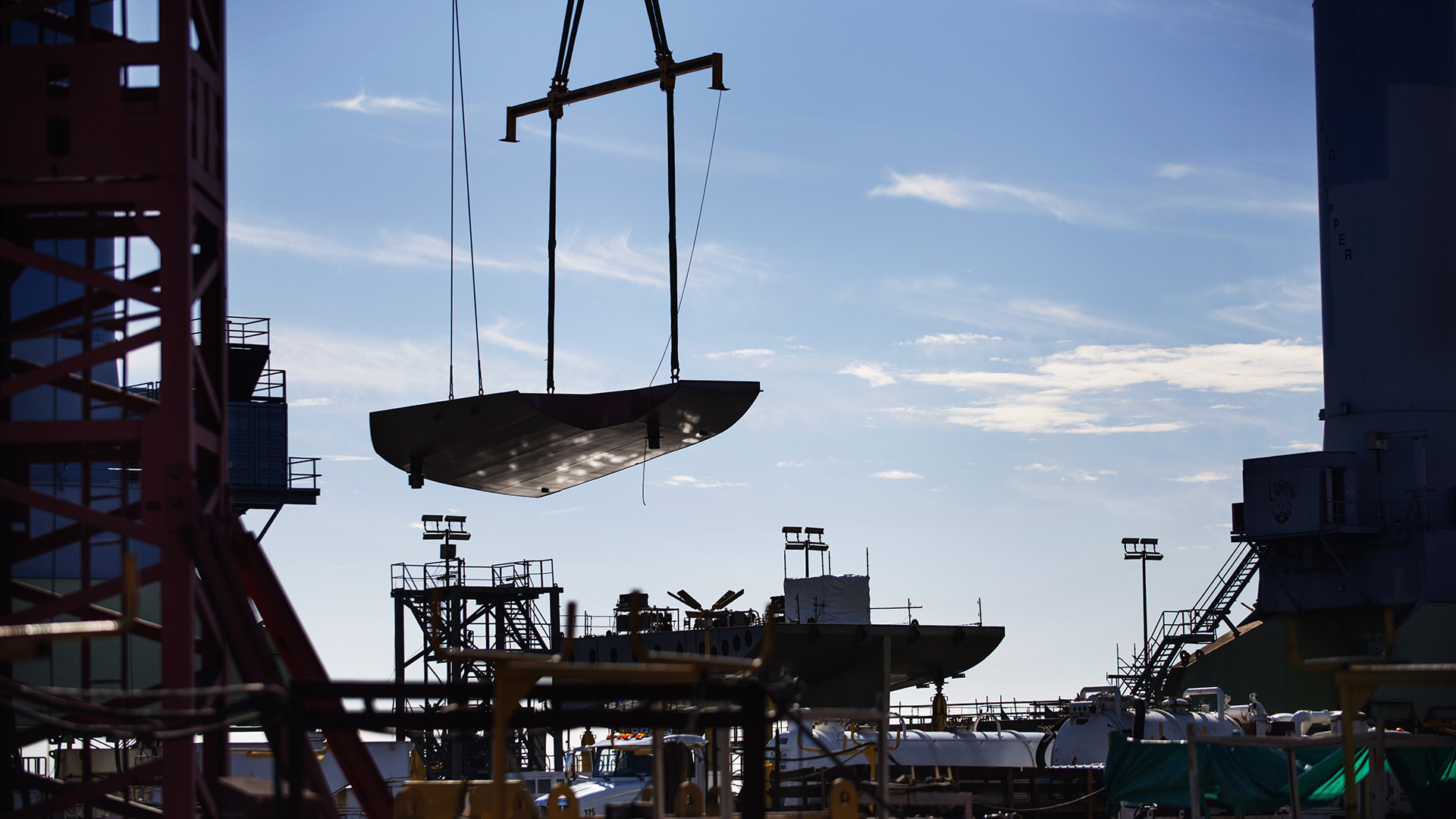
Top Construction Industry Trends
Keep reading to learn about all the major construction trends that are likely to become popular in 2023 and beyond.
Top Construction Industry Trends for 2023
Construction is one of the largest industries in the world. It contributes to about 13% of the global GDP. The growth of the construction industry is expected to increase even more with the introduction of modern construction tools and technologies in construction materials.
Keep reading to learn about all the major construction trends that are likely to become popular in 2023 and beyond.
1. Smart Cities
The ever-increasing popularity of smart cities is one of the major factors affecting the construction industry. A smart city is integrated with different types of IoT devices backed by state-of-the-art technology.
In other words, the construction materials and overall construction process of smart cities are different from traditional cities.
Investment in smart cities is expected to keep increasing in the coming years, prompting construction companies and experts to get familiar with the various aspects of smart cities to streamline construction procedures.
2. Greater Digitization
Technology has always been an integral part of the construction industry in one way or another. In recent years, the role of technology has increased even more.
The purpose of digitizing construction procedures is to improve the quality of the construction materials and successfully complete a project.
Local ready-mix concrete suppliers also use different types of tools and technology to create perfect combinations of ready-mix concrete and other such materials.
The trend of adopting technology in the construction industry will become more popular as more cement and concrete suppliers adopt tools like VR, AI robots, and other sophisticated technology.
3. Green Buildings
With time, more and more people realize the significance of adopting sustainable practices in different sectors. The concept of green building is becoming popular in the construction industry to deal with energy-related carbon dioxide emissions and fight climate change.
Research also shows that the construction industry has a lot to gain from green building and using eco-friendly construction materials. Sustainability is expected to be the game changer for the construction sector in 2023 and beyond.
4. Cloth Structures
The numerous cost-saving advantages that fabric buildings provide make them very attractive to owners of both commercial and residential buildings. They not only have less of an impact on the environment than conventional buildings, but they can also be built more quickly.
Owning a fabric building, for instance, enables you to start saving money right now if you're currently renting an office or shop space. Fabric buildings can frequently endure more severe weather conditions than buildings built using traditional construction techniques.
This gives building owners structures that last longer and require lower maintenance costs than conventional buildings. Until 2023 and beyond, cloth structures will be a long-term trend.
5. Modular Design
Modular construction is a preferred type of construction for many individuals and organizations. It involves constructing a building offsite and then putting it together on-site. The purpose of modular design is to reduce the construction schedule and ensure a smarter design.
Modular construction is quickly becoming a preferred method of building in the construction industry. This construction method allows for a shorter construction schedule, a greener building process, and smarter design.
The primary construction process and construction materials remain the same, but modular construction creates less waste and allows contractors to fulfil the requirements of the project more efficiently.
If you are considering modular design for your construction project, have an in-depth discussion with a reliable contractor and concrete suppliers to get the best package.
6. Remote Worksites
Construction firms had to abide by the stringent safety regulations in 2020 while still carrying on with construction work. This includes ensuring the safety of employees, customers, and contractors.
In fact, the construction sector had started implementing digital tools and apps on the job site even before the pandemic.
These technologies made it possible for construction companies to send clients, contractors, and inspectors precise photo documentation, enabling certain construction processes to take place remotely.
A major part of construction can be completed remotely, saving both the builder and the client time and money.
As construction companies recognize that communication, paperwork, and other responsibilities on the job site may be done remotely even when things return to normal after 2022, this strategy is set to continue for many years to come.
Furthermore, technology developments that enable work to be done offshore are anticipated, allowing projects to be finished more quickly than ever.
Conclusion
2023 is going to be an innovative year for the construction industry. As the economy continues to recover, construction companies and construction material suppliers like cement suppliers and quarry suppliers who adopt modern tools and technology will be able to outsmart their competition and stand out from the crowd.
The world is moving quickly toward sustainability, and so does the construction industry.
